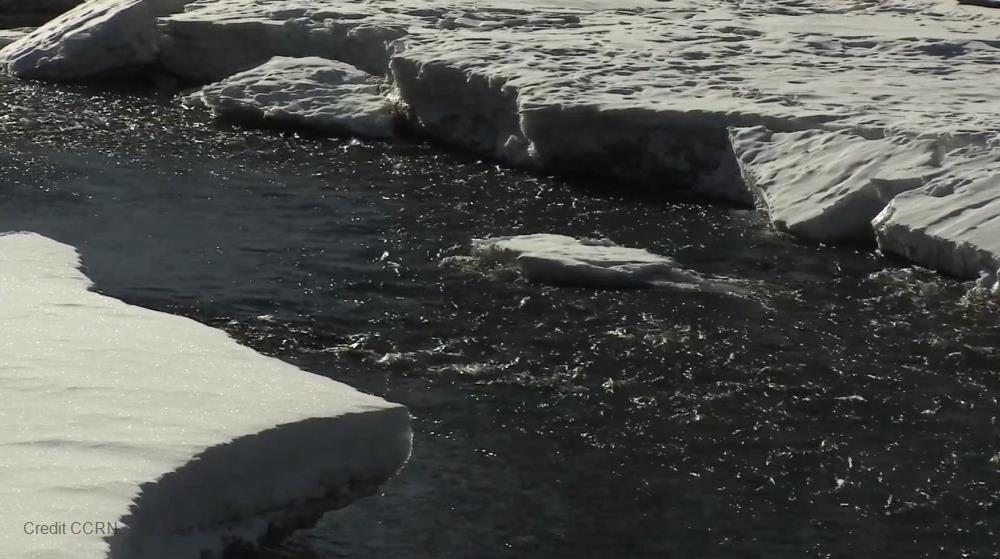
Related items loading ...
Section 1: Publication
Publication Type
Conference Poster
Authorship
Bourke Lauren, Carey Sean K.
Title
Drivers of hydrological response for distinct wetland complexes in a high latitude alpine watershed.
Year
2022
Publication Outlet
AOSM2022
DOI
ISBN
ISSN
Citation
Lauren Bourke, Sean K. Carey (2022). Drivers of hydrological response for distinct wetland complexes in a high latitude alpine watershed. Proceedings of the GWF Annual Open Science Meeting, May 16-18, 2022.
Abstract
Alpine wetlands in northern landscapes are abundant and critical for runoff regulation and seasonal water storage. Although extensive work has been conducted on water table dynamics in temperate wetlands, little has been conducted on the hydrology and heterogeneity of water table responses of high latitude alpine wetlands. This research aims to compare the hydrological response of two distinct subarctic alpine wetland types near Whitehorse, YT; a valley bottom wetland and a perched wetland system. Each wetland was instrumented with a series of well nests and pressure transducers to evaluate hydrological gradients and water table changes. Weekly isotopic samples of hydrogen (d2H) and oxygen (d18O) were taken to identify source waters for the wetlands and evaluate their degree of evaporative fractionation. As the perched wetland dried early in the season, both d18O and d2H increased, while in the valley bottom d18O and d2H values remained consistent. The deviation from the local Meteoric Water Line was calculated using line-condition excess (lc-excess), and the perched wetland had greater kinetic fractionation (mean lc-excess = -13.2 ‰), compared to the valley bottom (-3.6 ‰). After snowmelt, water tables dropped consistently at both wetlands, leading to rapid drying of the perched ponds, however, the valley bottom wetland remained wet throughout the summer as it was sustained by flow from adjacent hillslopes. During rain events, water level response at the perched wetland was relatively consistent with comparable magnitudes between each well. In the valley bottom wetland, the lower elevation wells showed a greater sensitivity to rain events. These results suggest that the position of wetlands in the landscape plays a critical role in how wetlands store and cycle water; valley bottom wetlands remain wet and serve as an important dry season reservoir of water, while perched wetlands rapidly go dry after initial snowmelt contributions.
Plain Language Summary
Section 2: Additional Information
Program Affiliations
Project Affiliations
Submitters
|
Lauren Bourke | Submitter/Presenter | bourkel@mcmaster.ca | McMaster University |
Publication Stage
N/A
Theme
Hydrology and Terrestrial Ecosystems
Presentation Format
poster plus 2-minute lightning talk
Additional Information
AOSM2022 Mountain Water Futures First Author: Lauren Bourke, McMaster University Additional Authors: Sean K. Carey, McMaster University


 GWFNet
GWFNet Master
Master Data
Data Research
Research Map
Map
 Advanced
Advanced Tools
Tools
 . . .
. . .
 Metadata Editor
Metadata Editor
 Record List
Record List
 Alias List Editor
Alias List Editor
 Legacy sites
Legacy sites